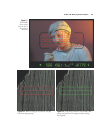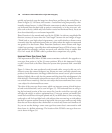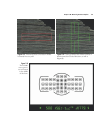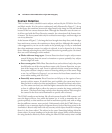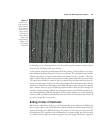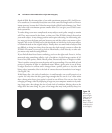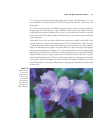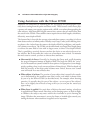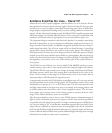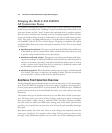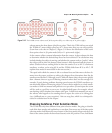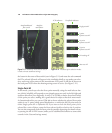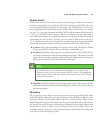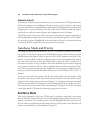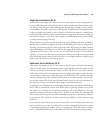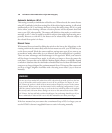Autofocus Simplifies Our Lives… Doesn’t It?
Manual focus is tricky, requires judgment, and fast reflexes. So, we’re all better off now
that autofocus has become almost universal, right? On the one hand, AF does save time
and allows us to capture subjects (particularly fast-moving sports) that are difficult to
image sharply using manual focusing (unless you have training and know certain tech-
niques). On the other hand, learning to apply the Nikon D7000’s autofocus system most
effectively requires a bit of study and some practice. Then, once you’re comfortable with
autofocus, you’ll know when it’s appropriate to use the manual focus option, too.
The important thing to remember is that focus isn’t absolute. For example, some things
that look in sharp focus at a given viewing size and distance might not be in focus at a
larger size and/or closer distance. In addition, the goal of optimum focus isn’t always to
make things look sharp. Not all of an image will be or should be sharp. Controlling
exactly what is sharp and what is not is part of your creative palette. Use of depth-of-
field characteristics to throw part of an image out of focus while other parts are sharply
focused is one of the most valuable tools available to a photographer. But selective focus
works only when the desired areas of an image are in focus properly. For the digital SLR
photographer, correct focus can be one of the trickiest parts of the technical and cre-
ative process.
The D7000 now uses Nikon’s new 39-zone Multi-CAM 4800DX autofocus system,
similar in many ways to the 51-zone system used in the company’s higher-end cameras.
The D7000’s DX AF sensor actually covers a larger percentage of the frame than Nikon’s
full-frame cameras, which have their sensors more concentrated in the center of the
frame. That’s actually an advantage for D7000 owners; there is less chance that an
important subject will fall outside the larger focus area.
As mentioned previously, the D7000 deploys an intelligent array of 9 cross-type sensors
and 30 horizontal sensors in the viewing system. All 39 autofocus sensors can be used
individually or in groups of 9, 21, or all 39 focus zones. The AF system uses the color
and light values found in the focus zone array to accurately track moving objects, and
to classify subjects into what Nikon calls a “scene recognition system.” The new auto-
focus system uses a separate sensor in the viewing system to measure the focus of the
image. That’s Nikon’s autofocus system in a nutshell.
Like all camera autofocus sensors, those in your D7000 require a minimum amount of
light as well as a minimum aperture size to operate, which is why autofocus capabilities
are possible only with lenses having an f/5.6 or larger maximum aperture. While there’s
not a lot you can do to “fix” a lens that has a maximum aperture that’s too small, if your
subject’s focus is difficult to evaluate because of waning light levels, the AF assist beam
built into the D7000 (usually of minimal aid because it is relatively weak) and the assist
beams of Nikon’s dedicated flash units provide additional light that helps assure enough
illumination for autofocus under some circumstances.
Chapter 5 ■ Mastering Autofocus Options 143



